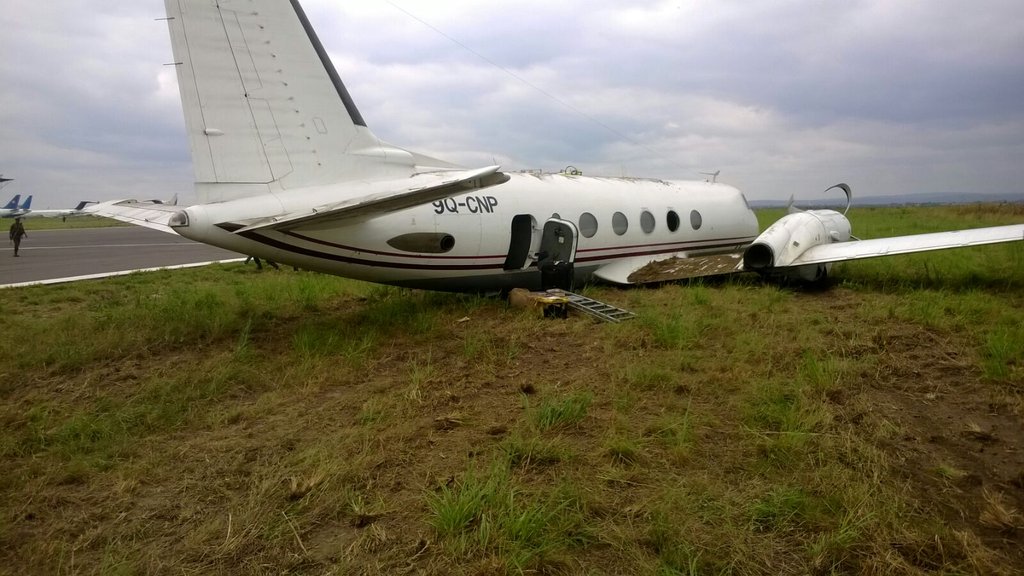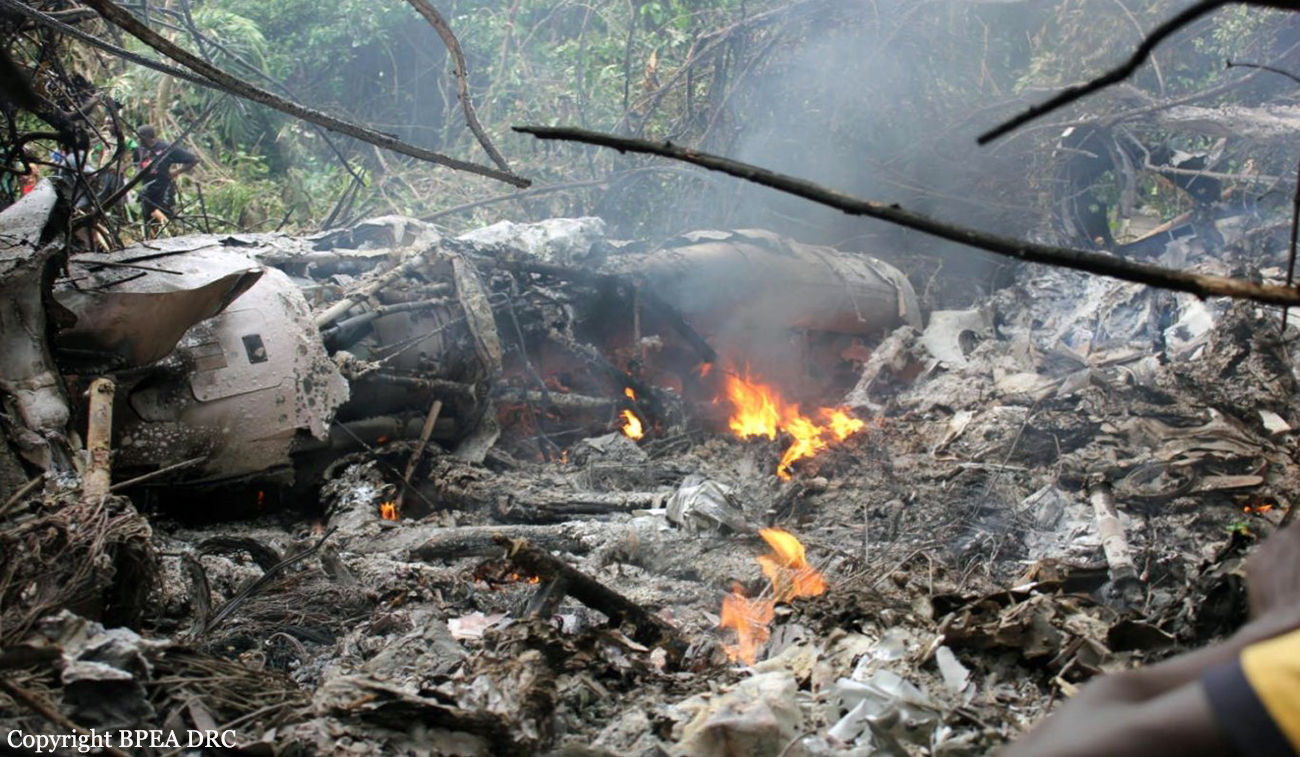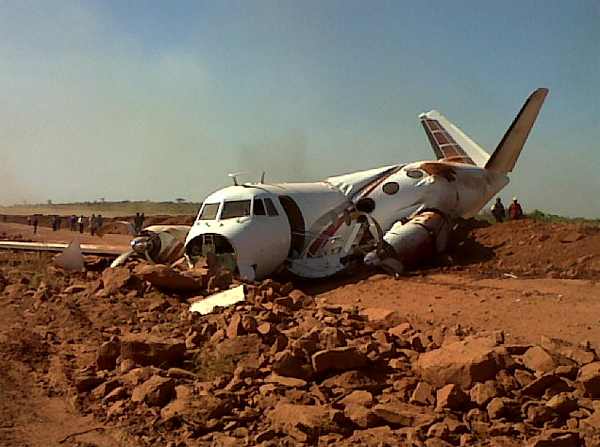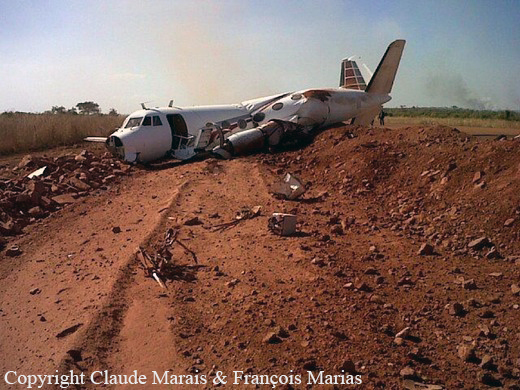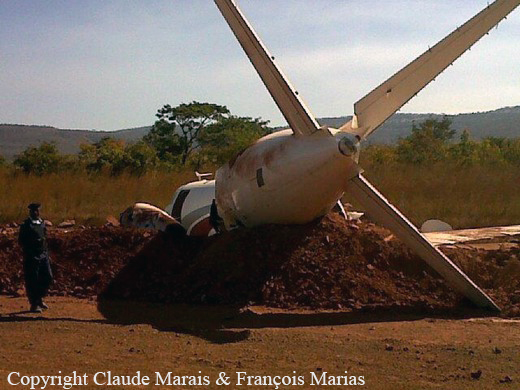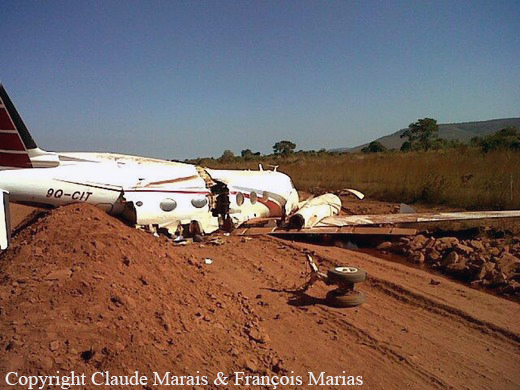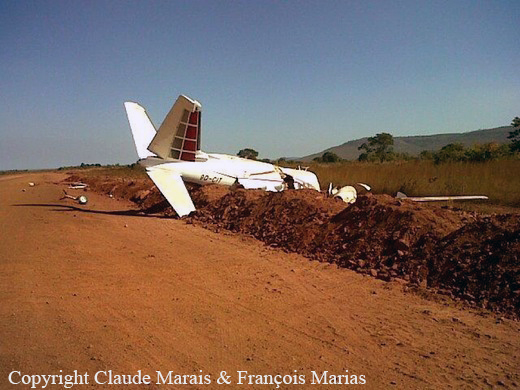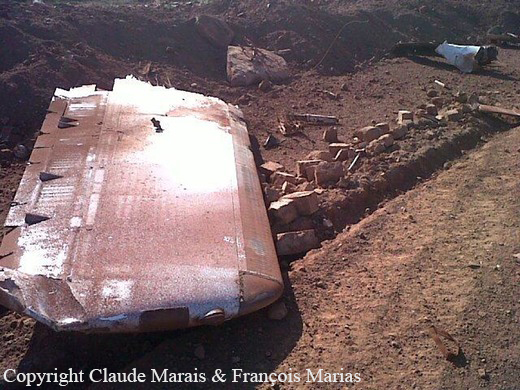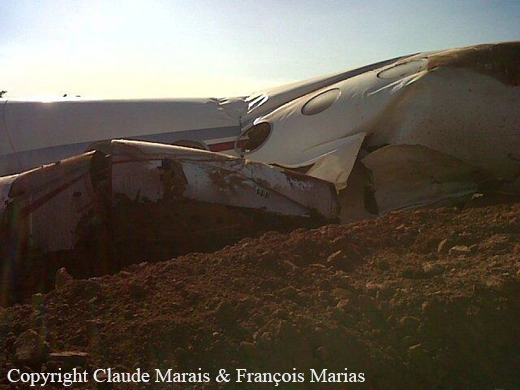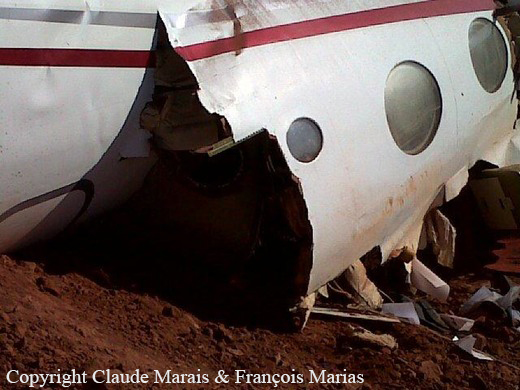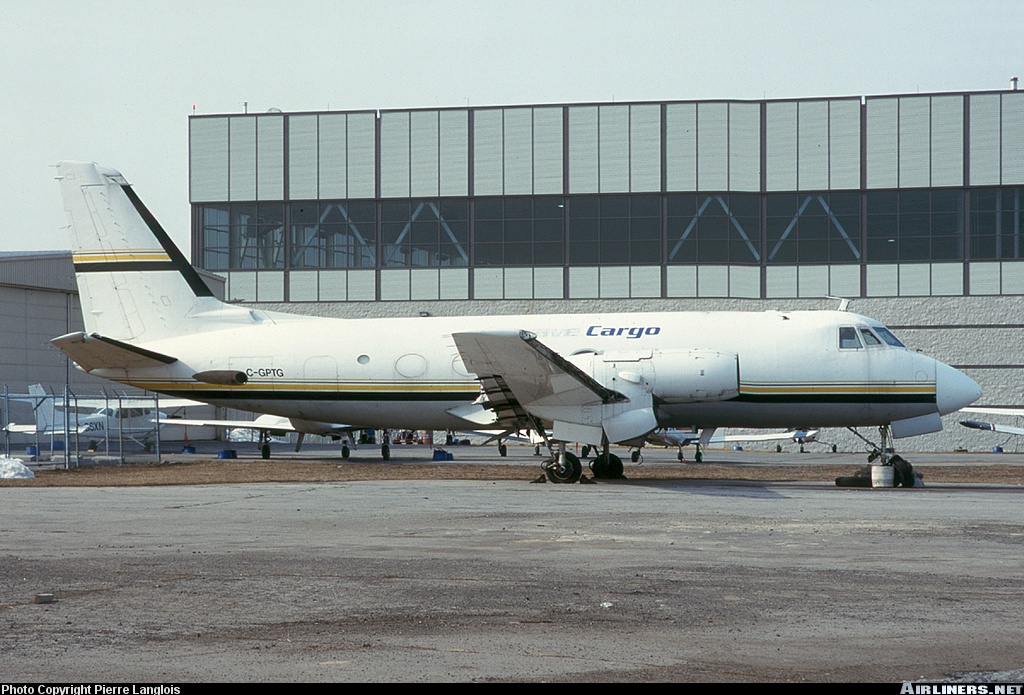Crash of a Grumman G-159 Gulfstream I in Kinshasa
Date & Time:
Nov 1, 2015
Registration:
9Q-CNP
Survivors:
Yes
MSN:
164
YOM:
1965
Crew on board:
4
Crew fatalities:
Pax on board:
22
Pax fatalities:
Other fatalities:
Total fatalities:
0
Circumstances:
After takeoff from Kinshasa-Ndolo Airport, the crew reported technical problems with the undercarriage and was cleared to divert to Kinshasa-N'Djili Airport. A belly landing was completed on runway 24 and the aircraft slid for few dozen metres then veered off runway to the right and came to rest in a grassy area. All 26 occupants evacuated safely and the aircraft was damaged beyond repair. It is believed that the left main gear was torn off upon takeoff from Kinshasa-Ndolo Airport for unknown reasons.
